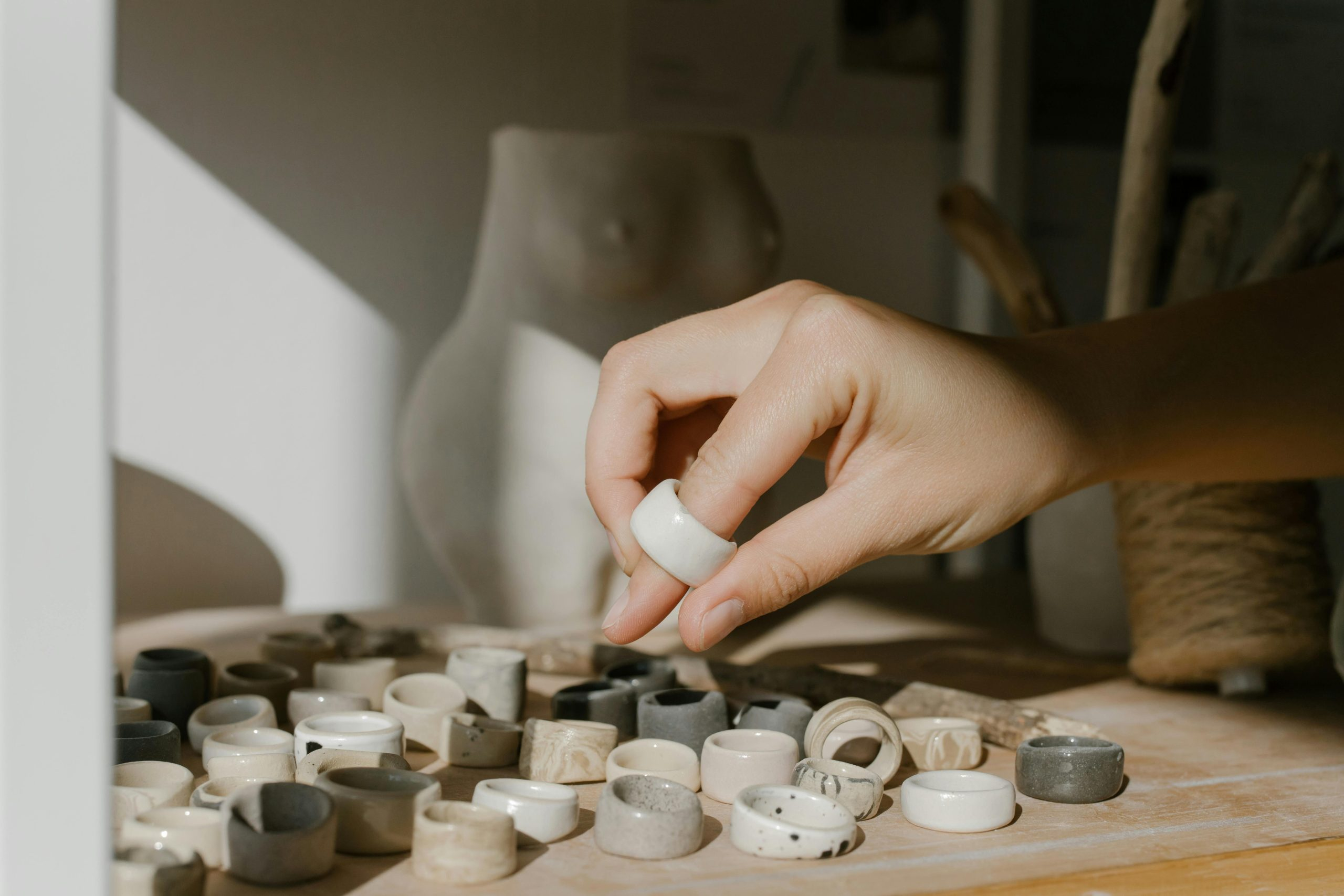3D-Printed Accessories: Design and Print Jewelry In-Store
3D printing technology has rapidly advanced in the past decade, revolutionizing the manufacturing industry. From creating prototypes to producing custom products, 3D printing has made it possible to bring complex designs to life in a matter of hours. One industry that has particularly benefited from this technology is the fashion and jewelry industry. In-store 3D printing of accessories has opened up a whole new world of possibilities for retailers and designers. In this article, we will explore the wonders of 3D-printed accessories and how they are changing the way we design and create jewelry in-store.
The Rise of 3D-Printed Accessories
The concept of 3D printing dates back to the 1980s, but it wasn’t until the early 2010s that the technology became accessible and affordable for businesses and individuals. 3D printing, also known as additive manufacturing, is the process of creating three-dimensional objects from a digital file by adding layer upon layer of material. This technology has been used in a variety of industries, including healthcare, automotive, aerospace, and now, fashion.
The adoption of 3D printing in the fashion industry began with clothing, shoes, and accessories. However, as the technology advanced, designers started exploring its potential in creating jewelry. With traditional jewelry-making methods, designers are limited by time, cost, and skill. 3D printing, on the other hand, offers a quick and cost-effective way to produce intricate and complex designs, bringing more creative freedom to jewelry designers.
Designing 3D-Printed Accessories
Software Tools for Designing 3D-Printed Jewelry
Creating jewelry using 3D printing technology starts with digital design. Designers use specialized software to create a 3D model of the piece they want to produce. Some popular tools used in this process include AutoCAD, Rhino 3D, and Blender. These software programs allow designers to create intricate designs with precise measurements and angles. One of the main benefits of using these tools is the ability to easily make changes to the design without having to start from scratch.
Bringing Designs to Life with 3D Printing Technology
Once the digital design is complete, it is time to bring it to life using a 3D printer. There are several types of 3D printers available, ranging from desktop machines to industrial-sized printers. These printers use various materials, such as plastic, metal, and even precious metals like gold and silver, to create physical versions of the virtual design. The process is relatively quick, with some printers being able to produce a piece in a few hours.
Another advantage of using 3D printing technology is the ability to experiment with different materials. For instance, a designer can test out different types of plastic or metal to see which one works best for their design. This allows for a more efficient and cost-effective approach to creating jewelry, as designers do not have to rely solely on traditional methods and materials.
In-Store 3D Printing for Jewelry
Traditionally, creating jewelry requires designers to outsource the production process, adding time, cost, and complexity to the process. With in-store 3D printing, designers can skip this step and produce the piece right in the store. This not only saves time and money but also allows for a more personalized and interactive experience for customers.
Customizing Jewelry on Demand
With in-store 3D printing, customers can easily customize and personalize their jewelry, making it truly one-of-a-kind. Whether it’s adding initials, a special date, or a unique design, customers can see their piece come to life right before their eyes. This adds a level of personalization and instant gratification that traditional methods cannot offer.
Reducing Waste and Environmental Impact
In addition to the speed and efficiency of producing jewelry in-store, 3D printing also has a lower environmental impact compared to traditional manufacturing methods. Traditional jewelry-making processes often involve a lot of material waste, which can be costly and harmful to the environment. With 3D printing, there is little to no waste, as the material is only used to create the specific design.
The Future of 3D-Printed Accessories
The use of 3D printing technology in creating jewelry is still in its early stages, but its potential is endless. As the technology advances and becomes more affordable, we can expect to see an increase in the use of 3D-printed accessories in the fashion industry. From creating custom-made pieces to on-demand production, the possibilities are endless.
With the rise of 3D-printed accessories and in-store printing, we are witnessing a shift in the way we produce and consume fashion. The combination of technology and creativity is opening up new avenues for designers and retailers, and it will be exciting to see how this continues to shape the industry in the future.











